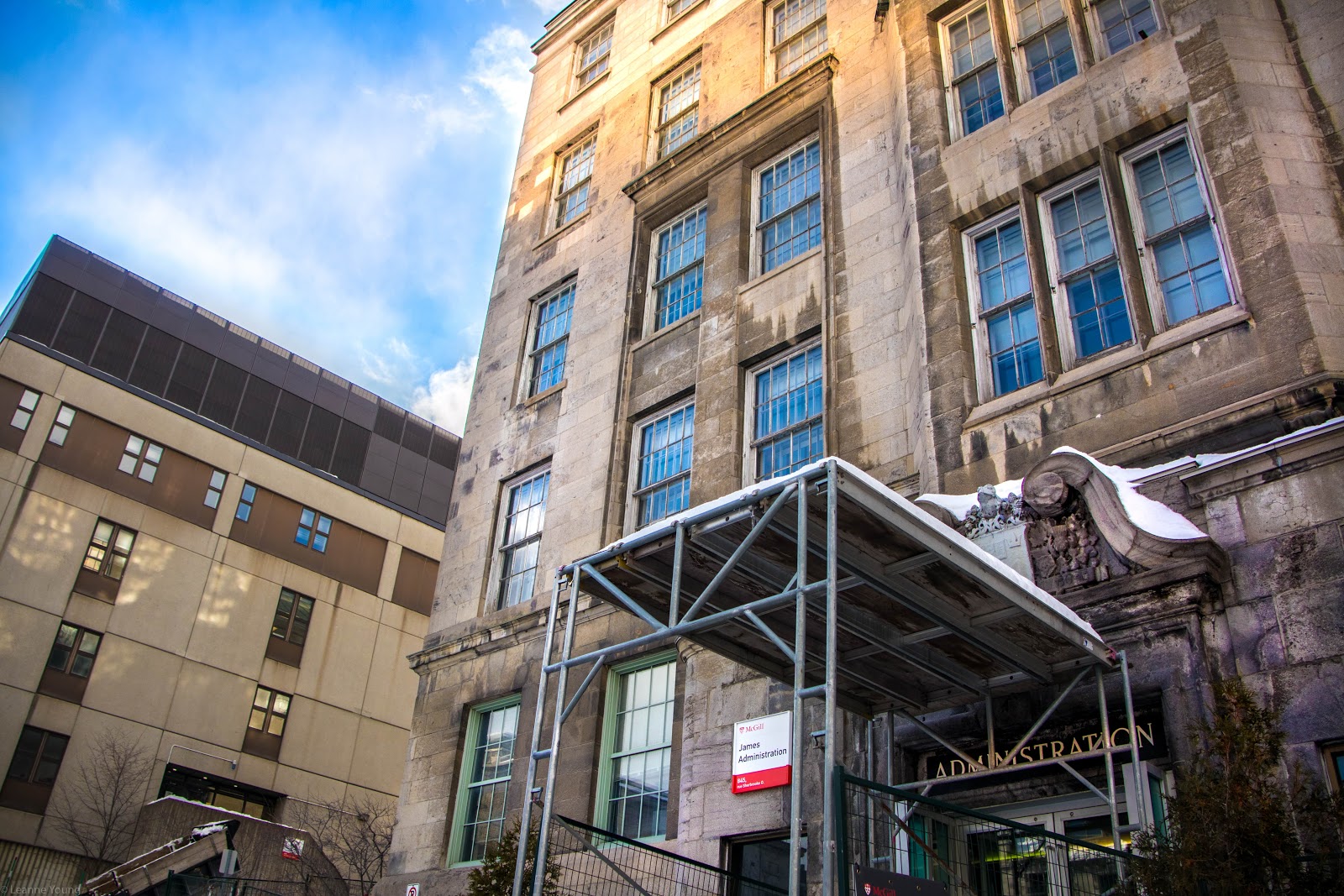It took three years of protests, demonstrations, and referenda for McGill to rename its racist men’s varsity sports teams, all because the administration valued something that students voted overwhelmingly against. For a university that prides itself on its progression, this paternal insistence that McGill knows better than its students is nothing less than self-righteous. Through years of student-mounted resistance, McGill’s own arrogance seems to prevail, and while the university has committed to taking “concrete measures” to support Black students, the administration still fights to keep the names of their old concrete buildings.
It’s not the names that they value, but the belief that history is a precious commodity. The belief that a commemoration made decades ago is somehow more valuable than one made today. That without our bronze statues and marble plaques, McGill is no better than any other academic institution. Those beliefs speak to that creeping worry that we’ve wasted our time, our money, on a school in decline.
One thing that Maclean’s rankings and cheery alumni won’t boast is that McGill has always placed its prestige before its students. Though generations of scholars have come before us, many did so without ever realizing that their campus was littered with monuments to infamous racists, misogynists, antisemites, and war criminals.
The largest building on campus, the Currie Gymnasium, which sits on the corner of Park and Pine Avenue, was named in honour of former principal and vice-chancellor Arthur Currie. Currie increased admission requirements for Jewish applicants to the Faculty of Arts and implemented strict quotas on Jewish students in the Faculties of Law and Medicine, mirroring the isolationist foreign policy Canada used to deny entry to Jewish refugees fleeing Europe during the Second World War.
Nearby, along University Street, are the Macdonald Engineering, Macdonald Harrington, and Macdonald-Stewart buildings, all named after William Macdonald. Macdonald donated extravagantly to McGill, earning a fortune processing slave-picked tobacco leaves from the Confederate States and selling them as a Canadian product to the Union, which had already embargoed Confederate tobacco.
Turning the corner onto Sherbrooke Street, McGill’s iconic Roddick Gates, named in honour of Thomas Roddick, comes into view. Roddick, as part of a colonial British military expedition, acquired an Egyptian mummy, which he then donated to the university’s Redpath Museum. His contribution joined those of former McGill Chancellor, James Ferrier, who donated a collection of mummies which he procured from the illegal antiquities market. Ferrier was honoured for his work in the naming of the Ferrier Building, which sits at the base of the McTavish reservoir.
Past the Roddick Gates, on the grand path leading up to the Arts Building, stands a bronze statue of James McGill. McGill was a fur trader and slave owner, though the university, in its biography, includes only the former title. He amassed a fortune, purchasing at least two enslaved women, and voted against the abolition of slavery in Lower Canada in 1793. Slavery was not abolished in Canada until 1834, 13 years after the university was established in McGill’s name on the unceded Indigenous land that he had posthumously donated.
Our campus is a minefield of injustice. Lyman Duff, a Supreme Court Justice who ruled that women did not constitute “qualified persons” and were therefore ineligible to serve in the Senate; Otto Maass, the former head of Canadian Directorate of Chemical Warfare and Smoke, whose epitaph, “science in defence of his country,” is a nod to his work on thermobaric explosives, used extensively throughout the Vietnam War; and Stephen Leacock, a humorist whose literary works slandered women’s rights, immigration, and Indigenous cultures all join the ranks of the infamous men that McGill has venerated.
Every day, we see their memorials, their statues, and their plaques, and every time we repeat their names, we honour their transgressions. While students condemn anti-Black violence and xenophobic immigration reform, while history students call for tenure reform, the administration stands idly by, defending its past and perpetuating the idea that a regrettable history is more valuable than a better future.
So, to McGill’s administration, hear me when I say this—we do not care about your prestige. We do not care about your memorials, your statues, or your plaques. Tear them down.
Brooklyn Frizzle is the Students’ Society of McGill University’s (SSMU) VP University Affiars. They can be reached at [email protected].








